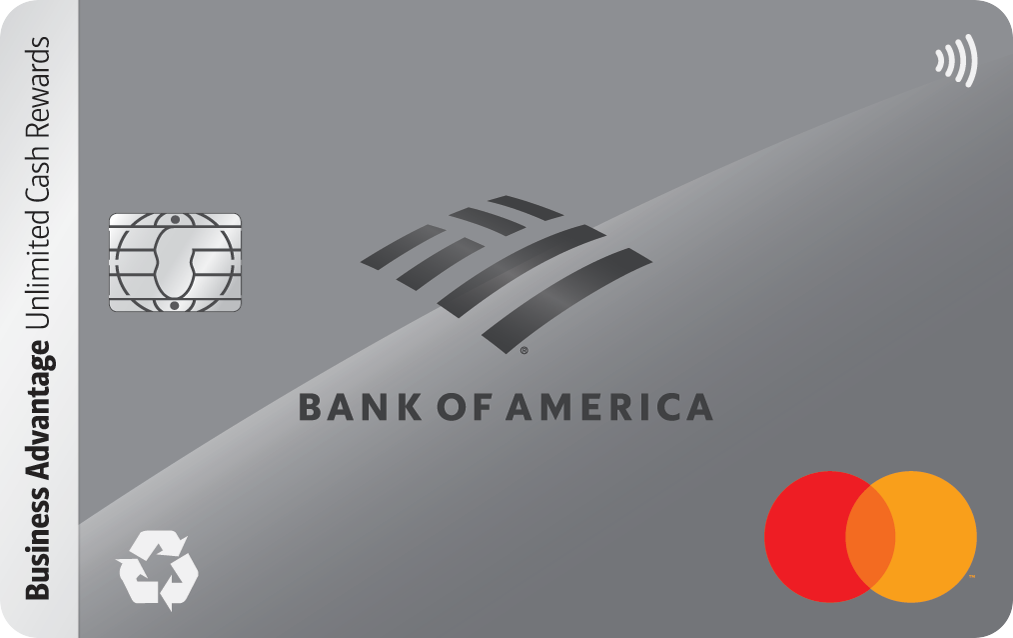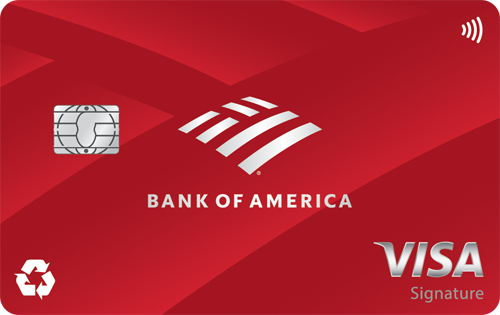Here's How Driving an 18-Year-Old Car Is Helping Me Retire Early

Image source: Getty Images
I'm convinced my old Honda is my secret retirement plan.
It's the same 2007 Honda Element I drove to my first job, my first apartment, and about a dozen cross-country trips. It's not flashy, it's not fast, and the radio presets still include "Top 40 Hits 2007." But it's mine. Paid off. Reliable. Cheap to run. And, as I've realized over the years, it's quietly one of the best financial decisions I've ever made.
Every year I keep this car, I buy myself a little more freedom later in life.
The hidden power of not upgrading
Americans love new cars. But with new cars come new-car payments. The average new vehicle now costs nearly $48,000, with an average monthly payment pushing $750.
That means most people are spending almost $9,000 a year just to own something that loses value the second they drive it off the lot. I haven't made a car payment since 2014, which means I've kept roughly $99,000 in my pocket over the past decade.
If I'd invested even $500 a month into an S&P 500 index fund, I'd have roughly $100,000 today. That's not "save up for a weekend getaway" money. That's "retire a few years earlier" money. And that's assuming a conservative 8% return on your cash in one of the best online brokerages.
Compounding works better than new car smell
A lot of people talk about compound interest when it comes to investing, but they forget it also applies to saving. Every dollar you don't spend is a dollar that can work for you instead of against you.
Let's say between skipped payments, lower insurance, and smaller registration fees, you save $8,000 a year by keeping your old car. Invest that in a basic index fund earning 7% a year, and in 20 years you're looking at more than $330,000.
That's how small, boring decisions (like sticking with an 18-year-old car) become big, life-changing outcomes.
Old cars, new opportunities
Sure, there are trade-offs. My Element doesn't have Apple CarPlay or heated seats. But it also doesn't have a $45,000 price tag or a 9% interest rate.
And because I'm not tied to a car payment, I've been able to put extra money toward things that actually grow: like maxing out my Roth IRA, buying low-cost index funds, and keeping a cushion in a high-yield savings account for when unexpected repairs pop up.
Even my car insurance rewards me for staying loyal. My annual premium is around $1,500, which is far below the national average for new vehicles. That's another $1,000 a year that gets to grow instead of disappear into a premium payment.
What this means for anyone trying to build wealth
When people ask how to retire early, they usually expect advice about investing strategies or side hustles. But often, the real leverage comes from cutting the big, recurring costs that quietly eat away at your future.
For me, that means squeezing a few more years out of a car that still starts every morning and gets me where I need to go. Every month it runs without a payment, I'm building my future nest egg instead of financing a depreciating asset.
If you're serious about getting ahead, try this:
- Skip the upgrade. Keep your current car as long as it's safe and reliable.
- Funnel those skipped payments into a high-yield savings account paying 4.00%+ APY -- you can check the best ones here.
- When the balance grows, roll part of it into a low-cost investment account and let time do the rest.
Retiring early isn't just about making money. Sometimes, it's about making smart decisions, like holding onto an old car and letting compounding do the driving for you.
Our Research Expert



